Herbs and Spices That Fight Chronic Pain Better Than Supplements
In the quest to manage chronic pain, many individuals turn to supplements, often overlooking the potent remedies found in nature's pantry. The concept of using herbs and spices for medicinal purposes dates back centuries, with cultures worldwide tapping into their healing properties. Today, science increasingly supports what traditional healers have long known: certain herbs and spices can effectively combat chronic pain, often outperforming synthetic supplements. That's why we've expanded our list of remarkable herbs and spices, each backed by research, that offer a natural, holistic approach to pain management. Their anti-inflammatory, analgesic, and antioxidant properties make them invaluable allies in the fight against chronic pain.
1. Turmeric: The Golden Healer
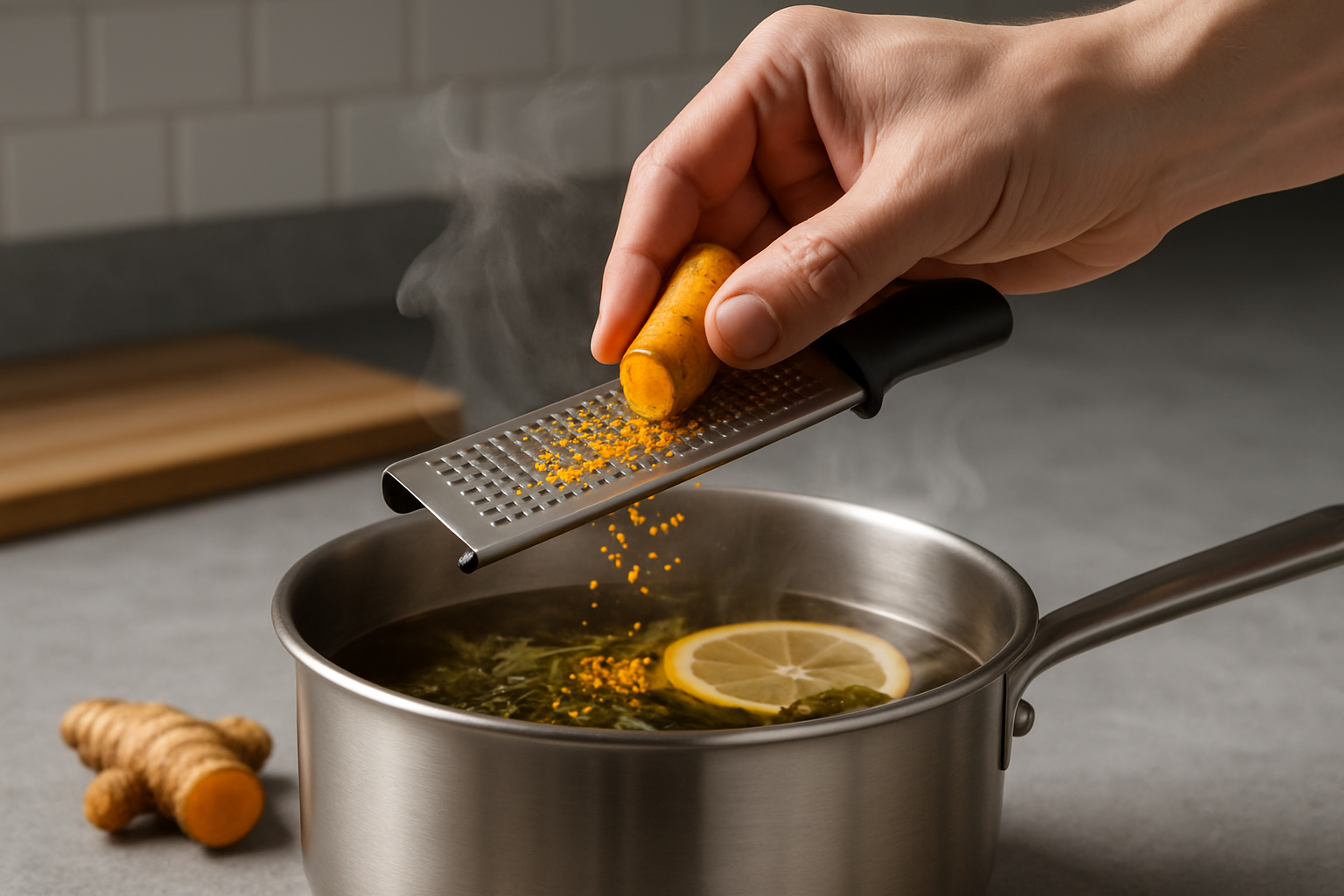
Turmeric, with its active compound curcumin, is renowned for its powerful anti-inflammatory properties. Studies have shown that curcumin can inhibit the activity of inflammatory molecules in the body, such as cytokines and enzymes like COX-2. This makes it particularly effective in treating conditions like arthritis and muscle pain. Unlike many over-the-counter pain medications, turmeric does not have adverse side effects when consumed in moderation. Furthermore, its antioxidant properties help protect the body from oxidative stress, which can exacerbate pain. Integrating turmeric into your diet, whether in curries or as a tea, can provide significant relief from chronic pain.
2. Ginger: The Root of Relief
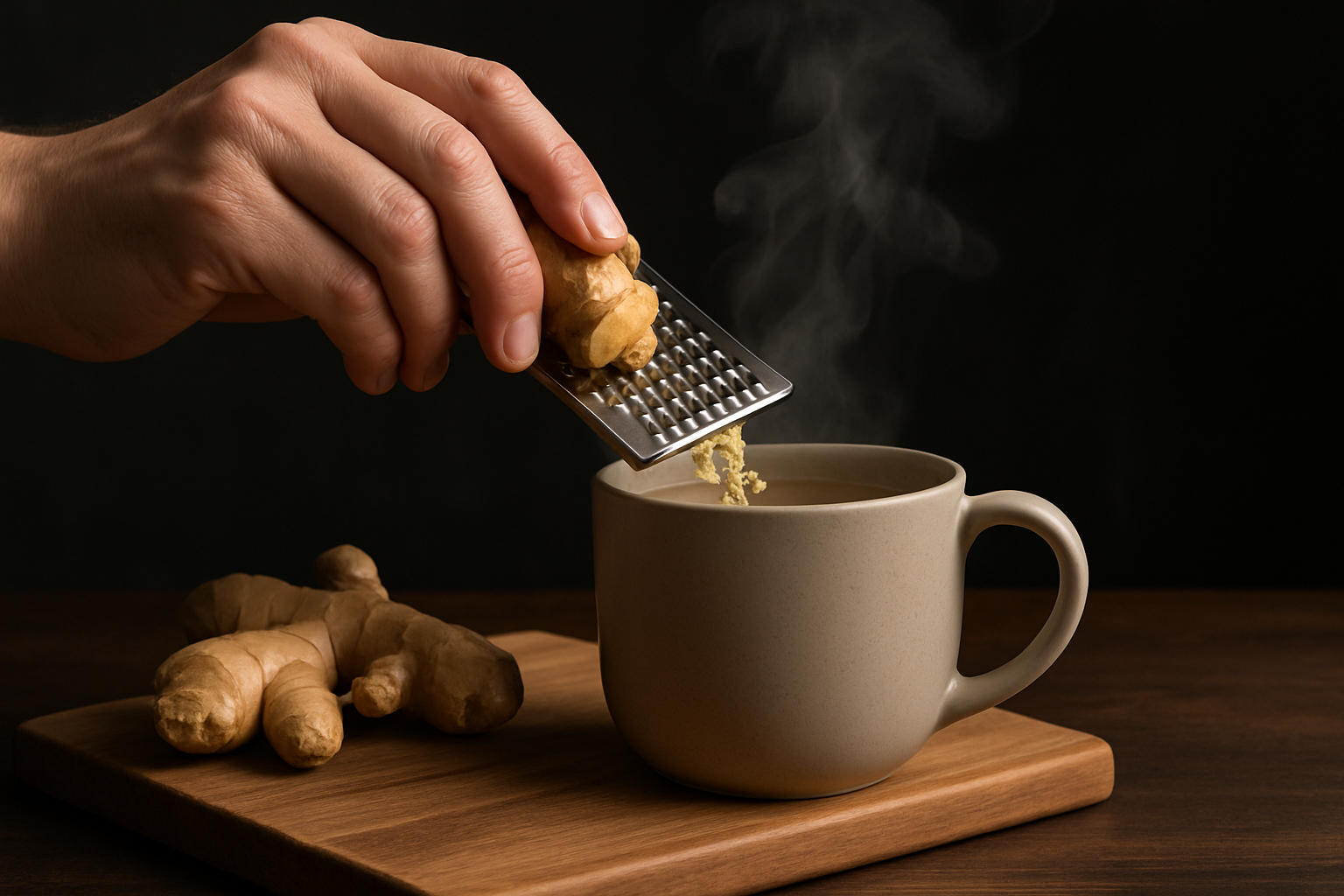
Ginger is another potent anti-inflammatory herb that has been used traditionally to treat pain for centuries. Its active compounds, gingerols and shogaols, have been found to reduce inflammation and block pain pathways in the body. Research suggests that ginger can be as effective as non-steroidal anti-inflammatory drugs (NSAIDs) but without the gastrointestinal side effects. It is particularly beneficial for managing osteoarthritis and menstrual pain. Incorporating ginger into your daily routine, through teas or fresh in meals, can help alleviate pain and improve mobility.
3. Cinnamon: The Sweet Soothe

Cinnamon is not just a delightful spice that adds flavor to desserts—it's also a powerful ally against pain. This spice contains cinnamaldehyde and eugenol, compounds known for their anti-inflammatory and analgesic effects. Research indicates that cinnamon can help reduce inflammation markers in the body, making it useful for conditions like rheumatoid arthritis. Moreover, cinnamon's antioxidant properties help combat oxidative stress, further alleviating pain. Adding cinnamon to your diet can be as simple as sprinkling it on your morning oatmeal or incorporating it into smoothies.
4. Cloves: Nature’s Numbing Agent
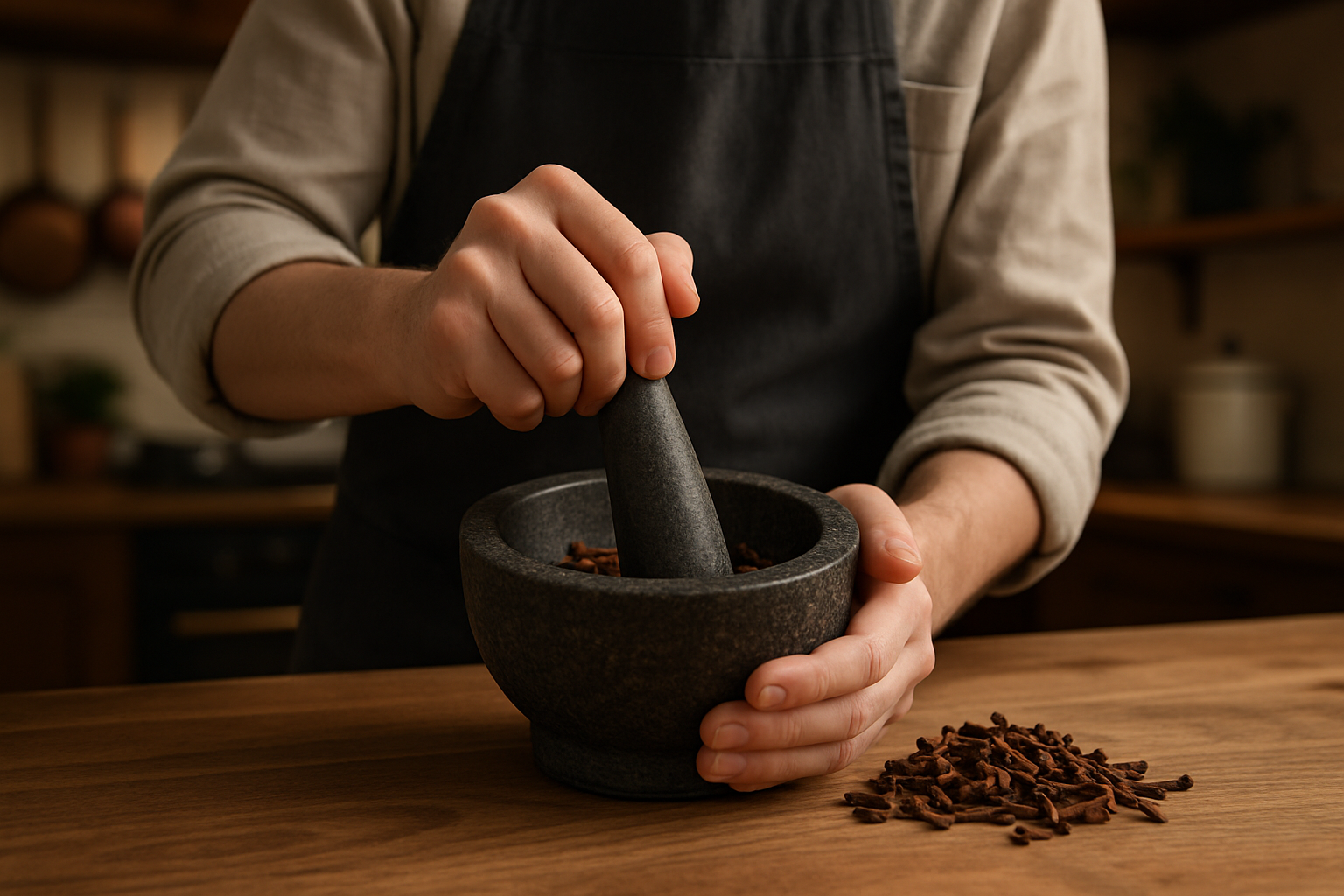
Cloves are often associated with their aromatic flavor in cooking, but they also possess significant pain-relieving properties. The primary compound, eugenol, acts as a natural anesthetic and anti-inflammatory agent. Cloves have been used traditionally to relieve pain from toothaches, arthritis, and headaches. Studies show that eugenol can inhibit the production of prostaglandins, which contribute to inflammation and pain. Using clove oil topically or incorporating ground cloves into meals can provide effective pain relief, especially for joint and muscle discomfort.
5. Rosemary: The Evergreen Elixir
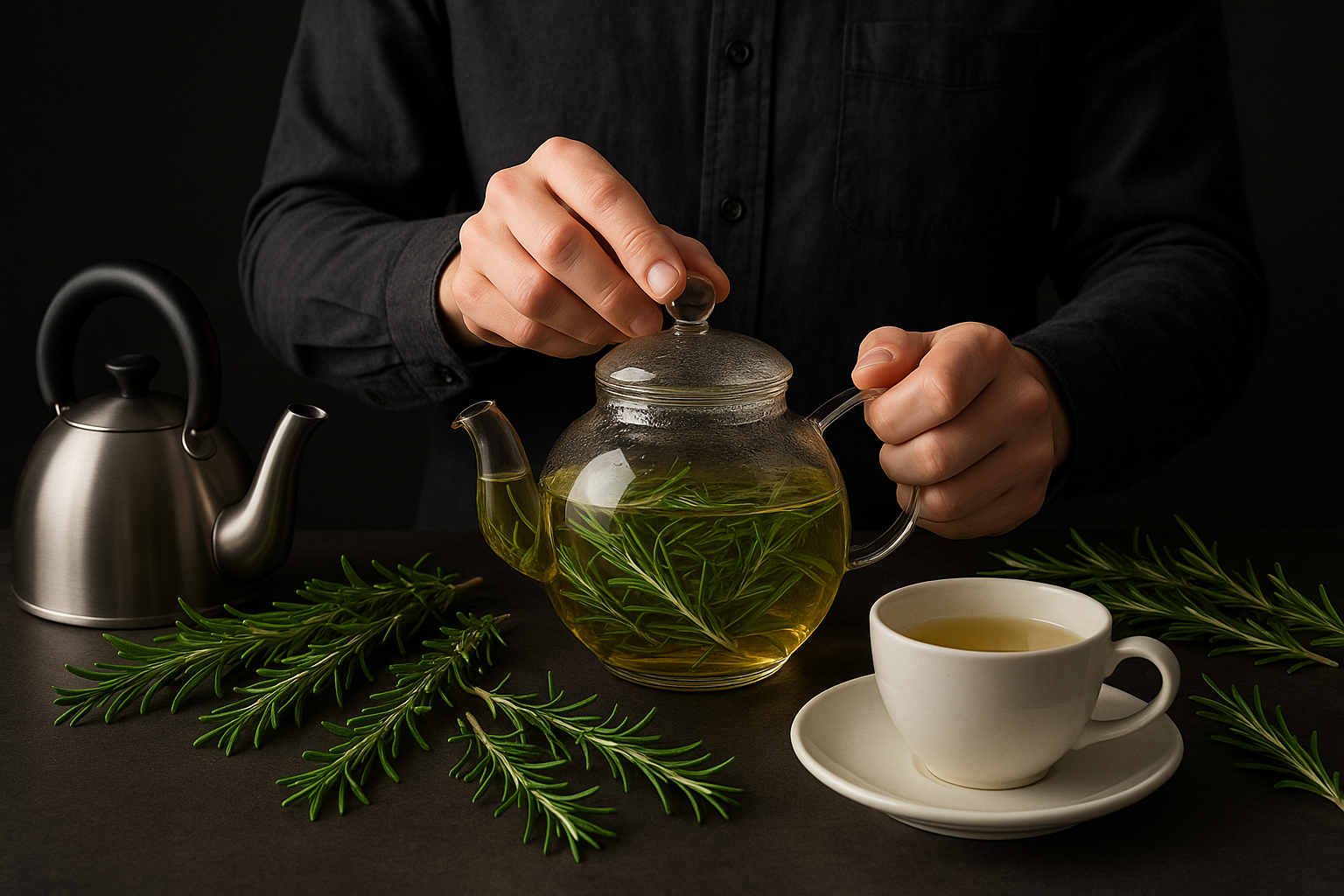
Rosemary, a fragrant herb often used in Mediterranean cuisine, is also a potent pain reliever. It contains rosmarinic acid, which has been shown to reduce inflammation and block pain signals. Rosemary is particularly effective in treating headaches and muscle pain. Additionally, its antioxidant properties help protect against cellular damage that can exacerbate chronic pain. Drinking rosemary tea or using it as a seasoning can enhance your meals while providing therapeutic benefits. Its versatility and efficacy make rosemary a valuable addition to any pain management regimen.
6. Black Pepper: The Piperine Powerhouse
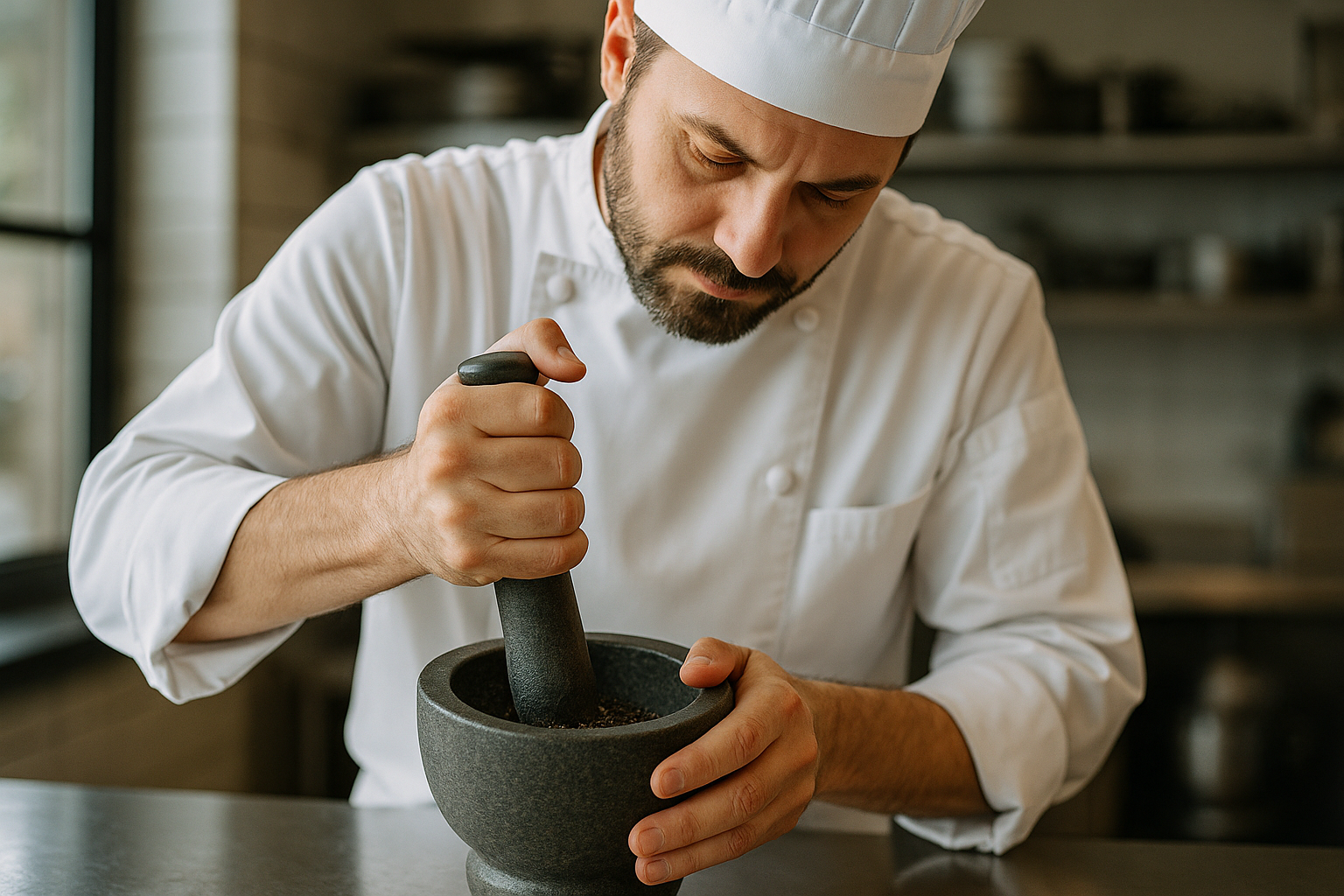
Black pepper, a common kitchen staple, contains piperine, a compound known for its anti-inflammatory and analgesic properties. Piperine enhances the bioavailability of other nutrients and compounds, making it an excellent complement to turmeric and ginger. Studies suggest that black pepper can help reduce pain and inflammation associated with chronic conditions like arthritis. Its ability to enhance nutrient absorption also means that it can amplify the effects of other pain-relieving herbs and spices. Incorporating black pepper into your diet is simple, as it pairs well with a wide range of dishes.
7. Saffron: The Golden Thread

Saffron, often referred to as the "golden spice," is prized not only for its flavor but also for its medicinal properties. Research has shown that saffron can effectively reduce pain and inflammation, particularly in conditions like arthritis and menstrual discomfort. The active compounds, crocin and safranal, have been found to possess anti-inflammatory and antioxidant properties. Saffron's ability to modulate neurotransmitters also contributes to its pain-relieving effects. While saffron can be expensive, a small amount goes a long way in providing relief and enhancing the flavor of dishes.
8. Cayenne Pepper: The Capsaicin Catalyst
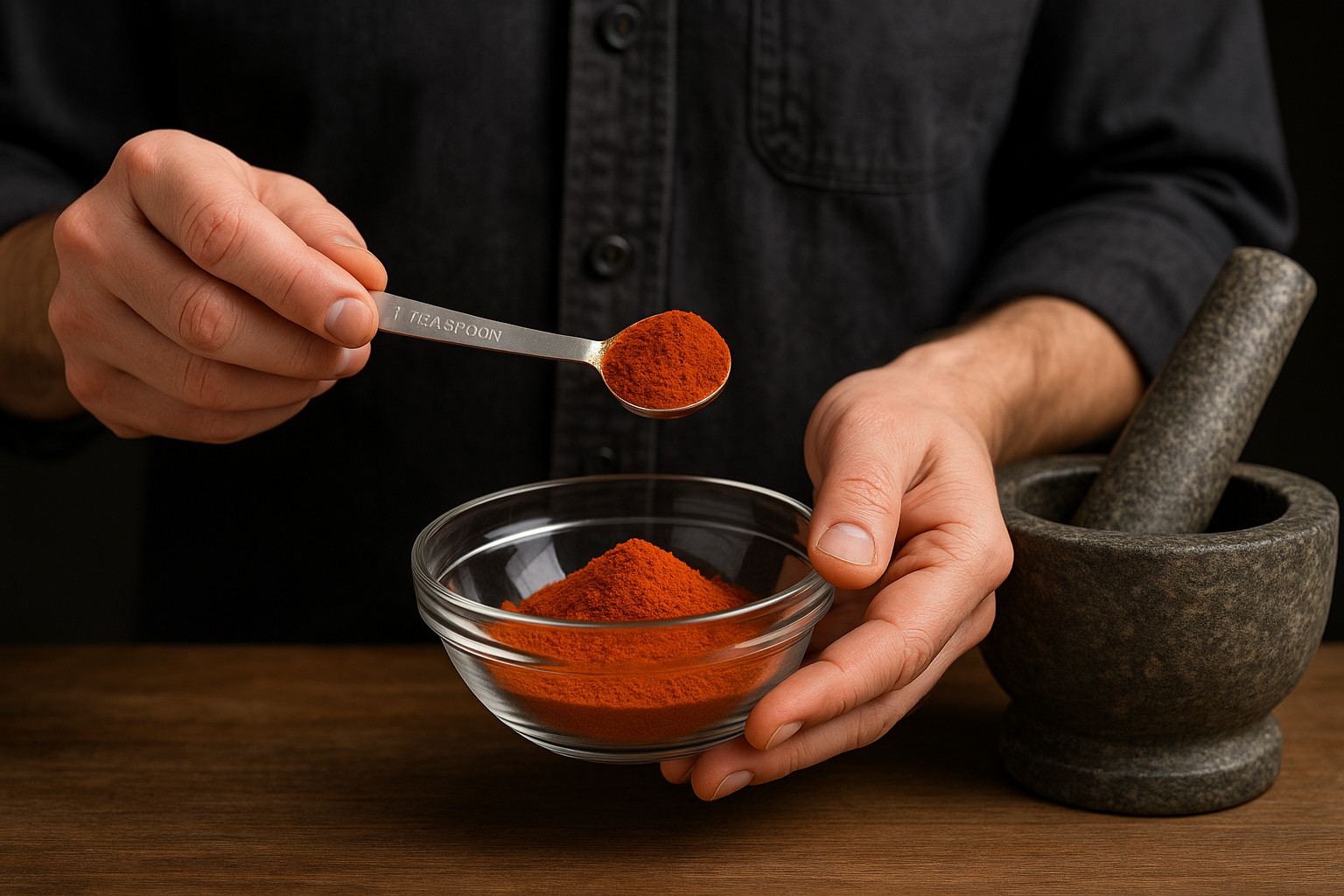
Cayenne pepper, known for its fiery heat, contains capsaicin, a compound that has been extensively studied for its pain-relieving properties. Capsaicin works by depleting substance P, a neuropeptide that transmits pain signals to the brain. This makes cayenne pepper particularly effective for neuropathic pain and conditions like arthritis. Topical creams containing capsaicin are available, but incorporating cayenne pepper into your diet can also provide systemic relief. Its ability to increase circulation and reduce inflammation makes it a powerful tool in managing chronic pain.
9. Basil: The Aromatic Ally

Basil, often used in Italian and Southeast Asian cuisine, is more than just a culinary delight. It contains eugenol, a compound with anti-inflammatory and analgesic properties. Basil has been shown to reduce inflammation and pain, particularly in conditions like arthritis and headaches. Its antioxidant properties also help protect against oxidative stress, which can worsen pain. Fresh basil leaves can be used in salads, sauces, and teas, providing both flavor and therapeutic benefits. As an aromatic herb, basil also offers a calming effect, which can help in managing stress-related pain.
10. Oregano: The Mediterranean Miracle

Oregano, a staple in Mediterranean cooking, is rich in compounds like carvacrol and thymol, which have potent anti-inflammatory and analgesic effects. Research indicates that oregano can help reduce pain and inflammation, particularly in conditions like arthritis and muscle soreness. Its antioxidant properties also support overall health, making it a valuable addition to any pain management strategy. Oregano can be used fresh or dried in a variety of dishes, from salads to stews, offering both flavor and medicinal benefits. Its versatility and efficacy make it an essential herb in the fight against chronic pain.
11. Garlic: The Allium Antidote
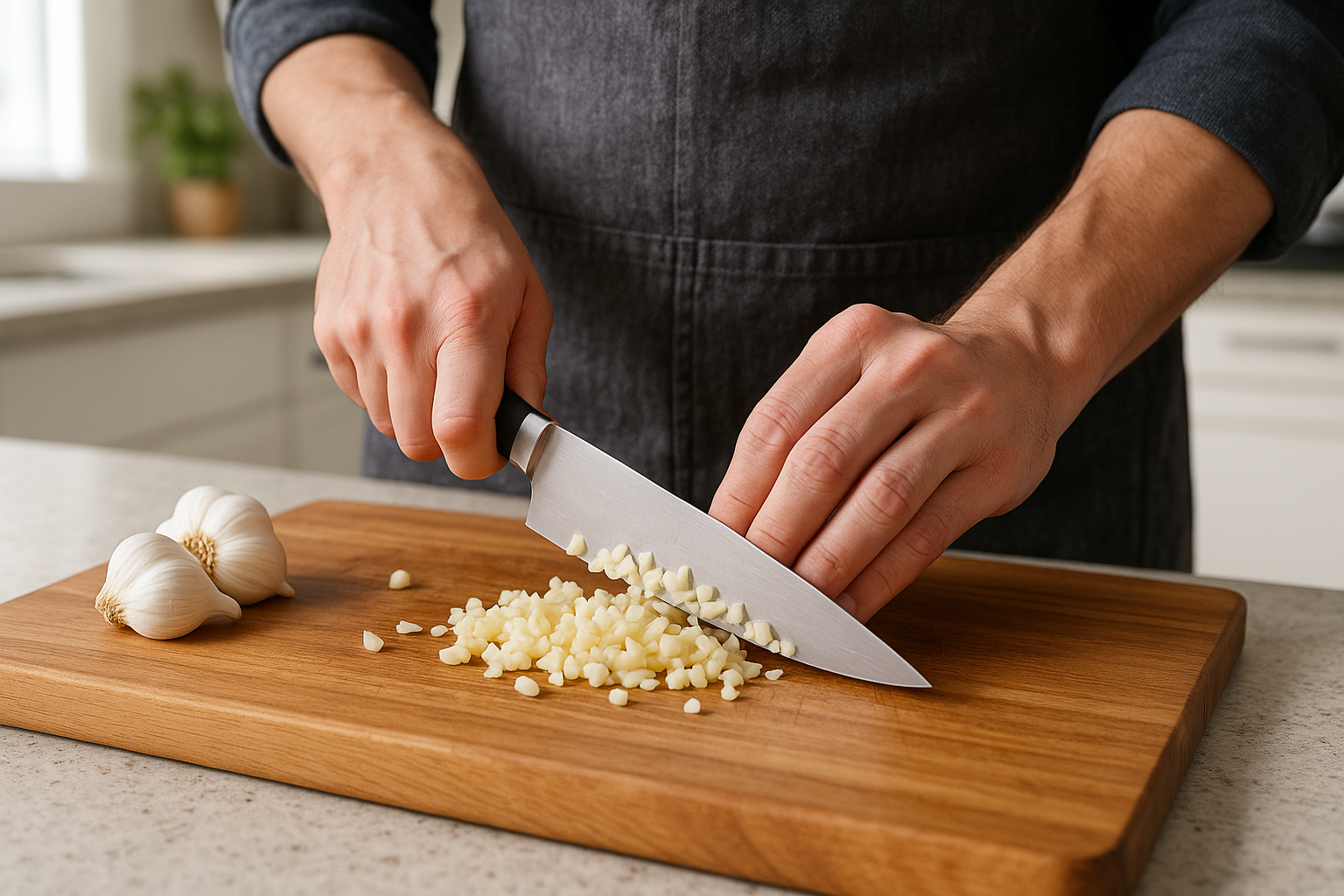
Garlic, a common ingredient in kitchens worldwide, is renowned for its health benefits, including its ability to alleviate pain. It contains sulfur compounds, such as allicin, which have anti-inflammatory and analgesic properties. Garlic has been shown to reduce inflammation and pain, particularly in conditions like arthritis and muscle soreness. Its antioxidant properties also help protect against oxidative stress, which can exacerbate pain. Incorporating garlic into your diet is simple, as it pairs well with a wide range of dishes. Its potent medicinal properties make it a valuable ally in managing chronic pain.
12. Feverfew: The Migraine and Joint Soother

Feverfew (Tanacetum parthenium) is a traditional European herb best known for its targeted effect on migraine headaches, though it also shows promise for arthritis pain. Its primary active compound, parthenolide, works by inhibiting the release of inflammatory molecules like serotonin and prostaglandins, which are key drivers of both pain and vascular constriction in the brain. Consuming feverfew—often in supplement form or as a tea—may help reduce the frequency and severity of migraines when taken preventatively. Its powerful ability to modulate inflammation makes it a superior, specific remedy for pain rooted in vasodilation and inflammatory pathways.
13. St. John's Wort: The Neuropathic Nerve Balancer
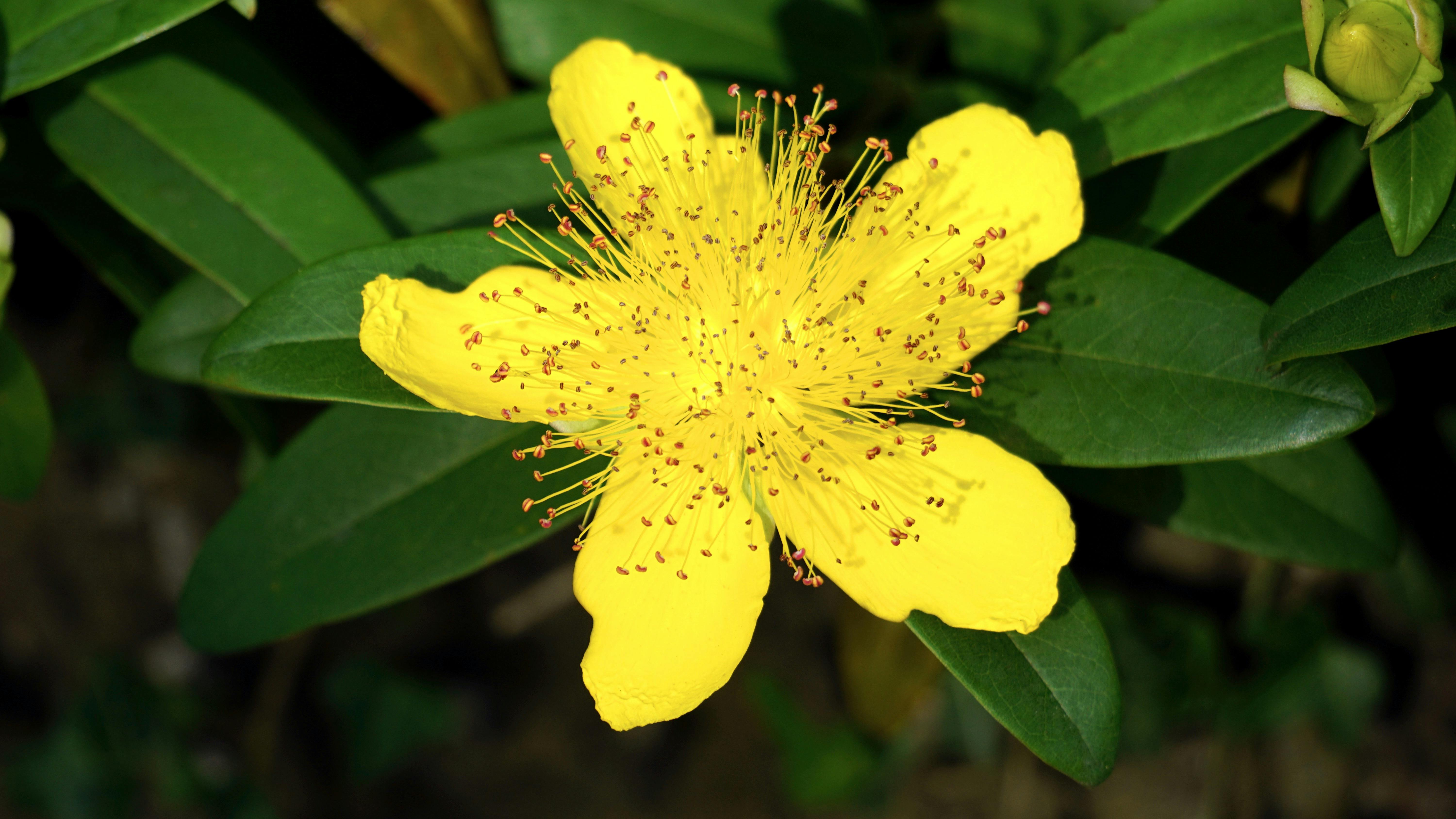
While primarily known as a mood-supportive herb, St. John's Wort (Hypericum perforatum) contains compounds like hypericin and hyperforin that exhibit strong analgesic and anti-inflammatory effects, particularly for neuropathic pain. This type of pain, caused by damaged nerves, is notoriously difficult to treat. St. John's Wort's mechanism involves blocking pain signals and reducing nerve inflammation. When applied topically as an oil, it has a traditional use for soothing nerve-related discomfort, burns, and wounds. However, because it can interact with numerous medications, it must be used with caution and professional guidance—making it a powerful yet specialized pain management tool.
14. Cat's Claw: The Immunomodulating Vine

Cat's Claw (Uncaria tomentosa), a woody vine native to the Amazon rainforest, is prized for its unique immunomodulating and anti-inflammatory properties, making it excellent for pain related to autoimmune and joint disorders. It contains alkaloids and polyphenols that may help regulate the immune response, reducing the aggressive inflammation seen in conditions like rheumatoid arthritis (RA). Studies suggest it can lessen the swelling and tenderness associated with joint pain. By targeting the immune system's overreaction, Cat's Claw offers a deeper, more systemic approach to managing chronic pain where the immune system is involved, going beyond simple topical relief.
15. Hemp Seed Oil: The Non-Psychoactive Omega Balance
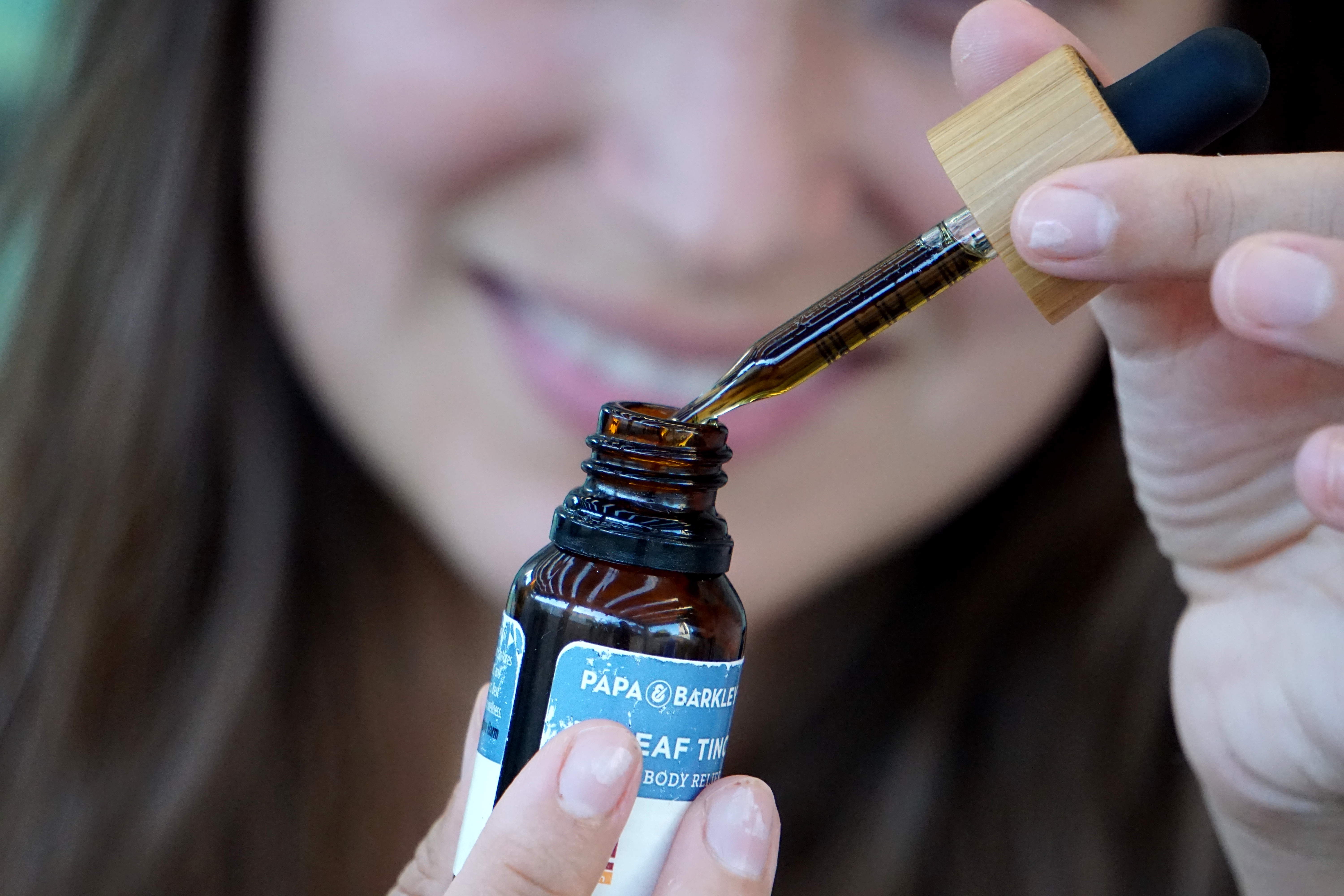
Often confused with CBD or marijuana products, simple Hemp Seed Oil contains no significant cannabinoids but is a powerhouse of pain-fighting fatty acids. It is exceptional for chronic pain because of its near-perfect ratio of Omega-6 to Omega-3 fatty acids (3:1), which helps shift the body's inflammatory response toward a balanced state. The gamma-linolenic acid (GLA), a unique Omega-6, is particularly effective at reducing systemic inflammation. Using hemp seed oil as a daily drizzle on salads or in smoothies improves cellular communication and reduces the overall inflammatory burden, offering a foundational, dietary approach to pain management.
16. Holy Basil (Tulsi): The Stress-Pain Regulator
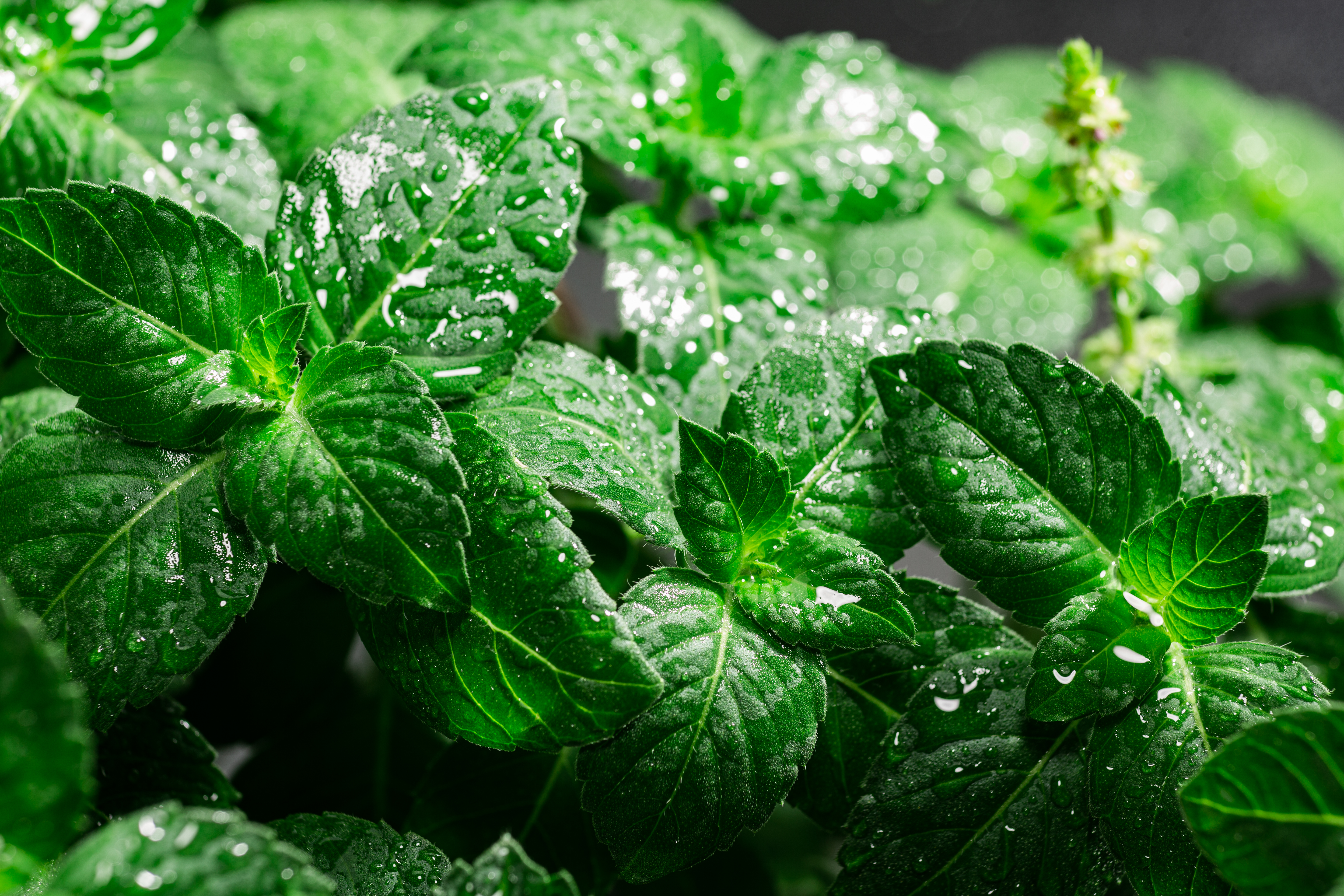
Holy Basil (Ocimum sanctum), revered in Ayurvedic medicine as 'Tulsi', offers a two-pronged attack on chronic pain. First, its compounds—including eugenol and rosmarinic acid—provide direct anti-inflammatory and antioxidant benefits similar to other powerful herbs. Second, and more uniquely, Tulsi is a respected adaptogen, meaning it helps the body manage stress. Since stress often lowers the pain threshold and increases muscle tension, Tulsi helps regulate the stress hormone cortisol, indirectly reducing the perception and severity of chronic tension headaches and stress-induced muscle pain. Drinking Tulsi tea daily is a flavorful way to address the often-overlooked emotional and systemic components of chronic discomfort.
17. Skullcap: The Anti-Nociceptive Calmer
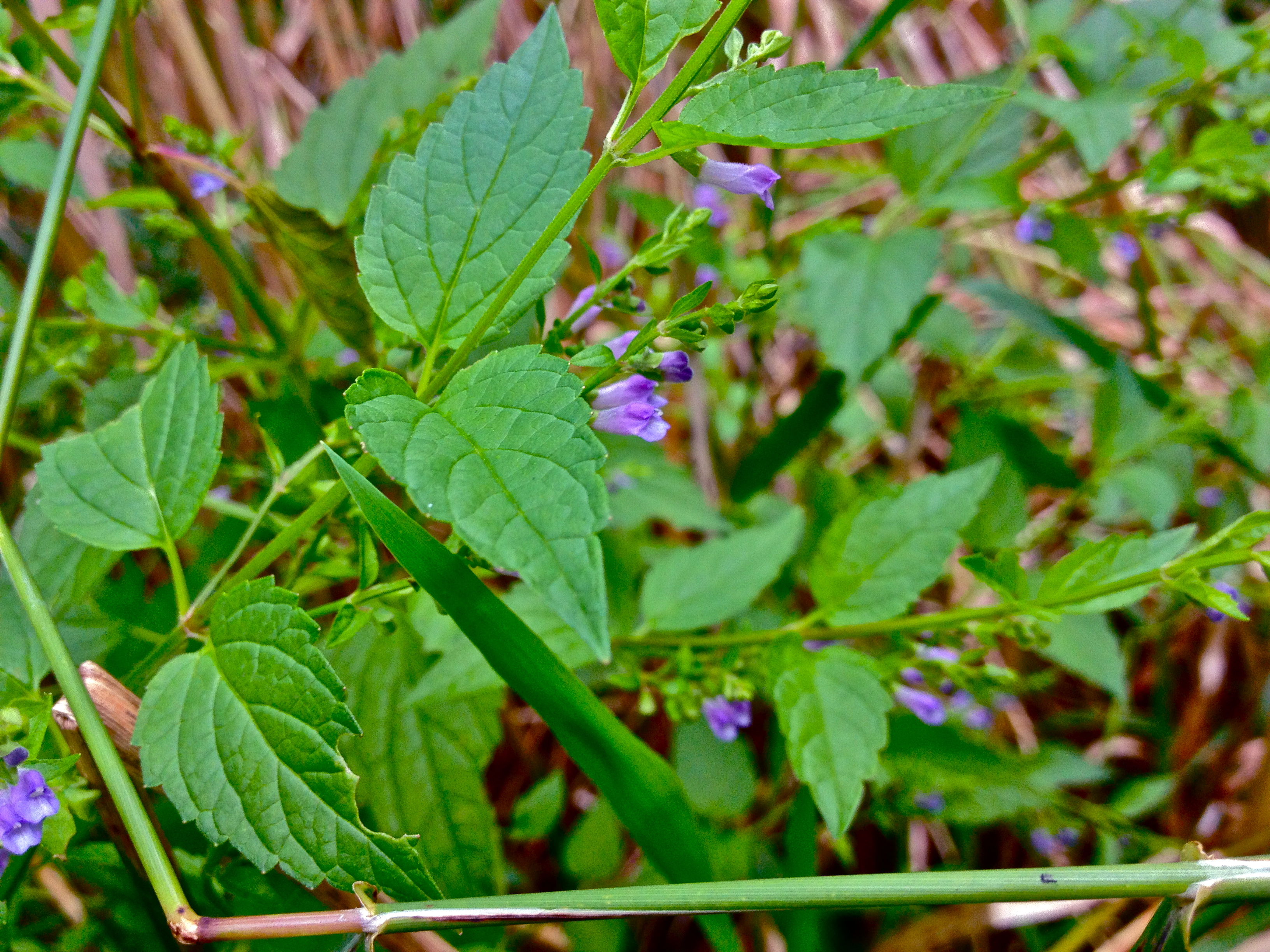
Skullcap (Scutellaria lateriflora) is a powerful nervine herb traditionally used to calm the nervous system, but it holds unique analgesic potential. Its compounds, particularly baicalin and baicalein, demonstrate strong anti-nociceptive (pain-blocking) properties, working directly on pain pathways in the body. Unlike general anti-inflammatories, Skullcap helps manage the neurological aspect of chronic pain by reducing excitability and easing nerve-related tension. It's especially useful for chronic pain conditions aggravated by anxiety, muscle spasms, or stress. Consuming Skullcap as a tea or tincture can promote relaxation while simultaneously reducing the perception and severity of persistent discomfort.
18. White Willow Bark: Nature’s Aspirin Source

White willow bark (Salix alba) is one of the oldest recorded pain remedies, known as the original source of salicylic acid, the active ingredient in aspirin. The bark contains salicin, which the body converts into the anti-inflammatory compound. This natural source works similarly to an NSAID by inhibiting pro-inflammatory prostaglandins but is often better tolerated by the stomach due to its slower conversion rate. It's highly effective for joint pain, lower back discomfort, and headaches. While it must be used with similar caution to aspirin, White Willow Bark is a proven, time-tested option for reducing inflammation and providing systemic analgesic relief.
19. Boswellia (Indian Frankincense): The Cartilage Protector
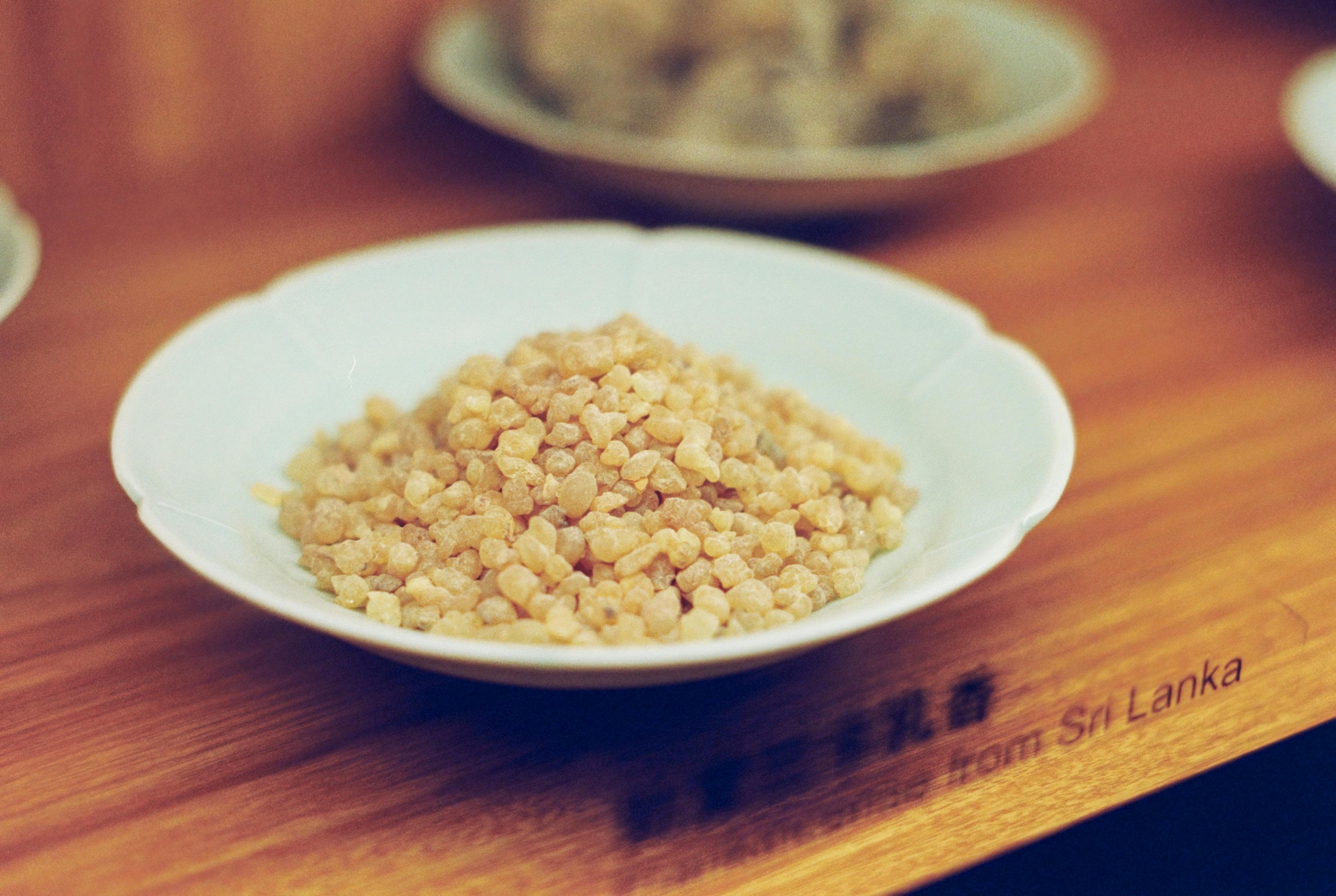
Boswellia (Boswellia serrata), often called Indian Frankincense, provides a targeted approach to joint and arthritis pain. Its active components, boswellic acids, specifically inhibit 5-LOX (5-lipoxygenase), a key enzyme that triggers the production of leukotrienes—powerful inflammatory molecules often implicated in conditions like osteoarthritis and inflammatory bowel diseases. By selectively blocking this inflammatory cascade, Boswellia can significantly reduce joint swelling and stiffness while potentially protecting cartilage tissue. This makes it a superior choice for addressing the structural and inflammatory roots of chronic joint pain.
20. Meadowsweet: The Gut-Gentle Acid Neutralizer

Meadowsweet (Filipendula ulmaria) is a gentle European herb with a complex pain-relieving profile. Like white willow, it contains salicylates, but it also possesses tannins and other compounds that make it uniquely soothing to the digestive tract. Traditionally, it was used to neutralize excess acidity, which often occurs when using conventional anti-inflammatory drugs. Meadowsweet tea or tincture can provide mild analgesic effects for headaches, fever, and muscle pain, while simultaneously offering gastroprotective benefits. It’s an ideal remedy for those seeking NSAID-like relief without irritating the stomach lining.
21. California Poppy: The Non-Addictive Sedative Analgesic

While not a strong anti-inflammatory, the California Poppy (Eschscholzia californica) provides essential relief for pain worsened by tension, insomnia, or anxiety. Its alkaloids, such as californidine, act as a mild sedative and analgesic, directly reducing the body's overall pain-signaling sensitivity. It works by gently modulating neurotransmitters, easing muscle rigidity and promoting deep, restorative sleep—which is crucial for pain management. Used as a tincture or evening tea, this herb addresses the critical link between chronic pain, emotional distress, and lack of sleep, offering comfort without the risk of dependence associated with stronger pharmaceuticals.
22. Arnica: The Topical Bruise and Swelling Healer

Arnica (Arnica montana) is a specialized herb that excels as a topical pain reliever for musculoskeletal injuries. It contains helenalin, a potent anti-inflammatory compound that helps reduce swelling, bruising, and pain when applied to unbroken skin. Unlike internal herbs, Arnica is not meant to be ingested due to its toxicity, but it is one of the most effective natural options for localized discomfort like strains, sprains, and contusions. Using an Arnica-infused cream or gel is a fantastic way to target pain externally, reducing localized inflammation and accelerating the healing of soft tissue injuries.
23. Ashwagandha: The Adaptogenic Pain Buffer
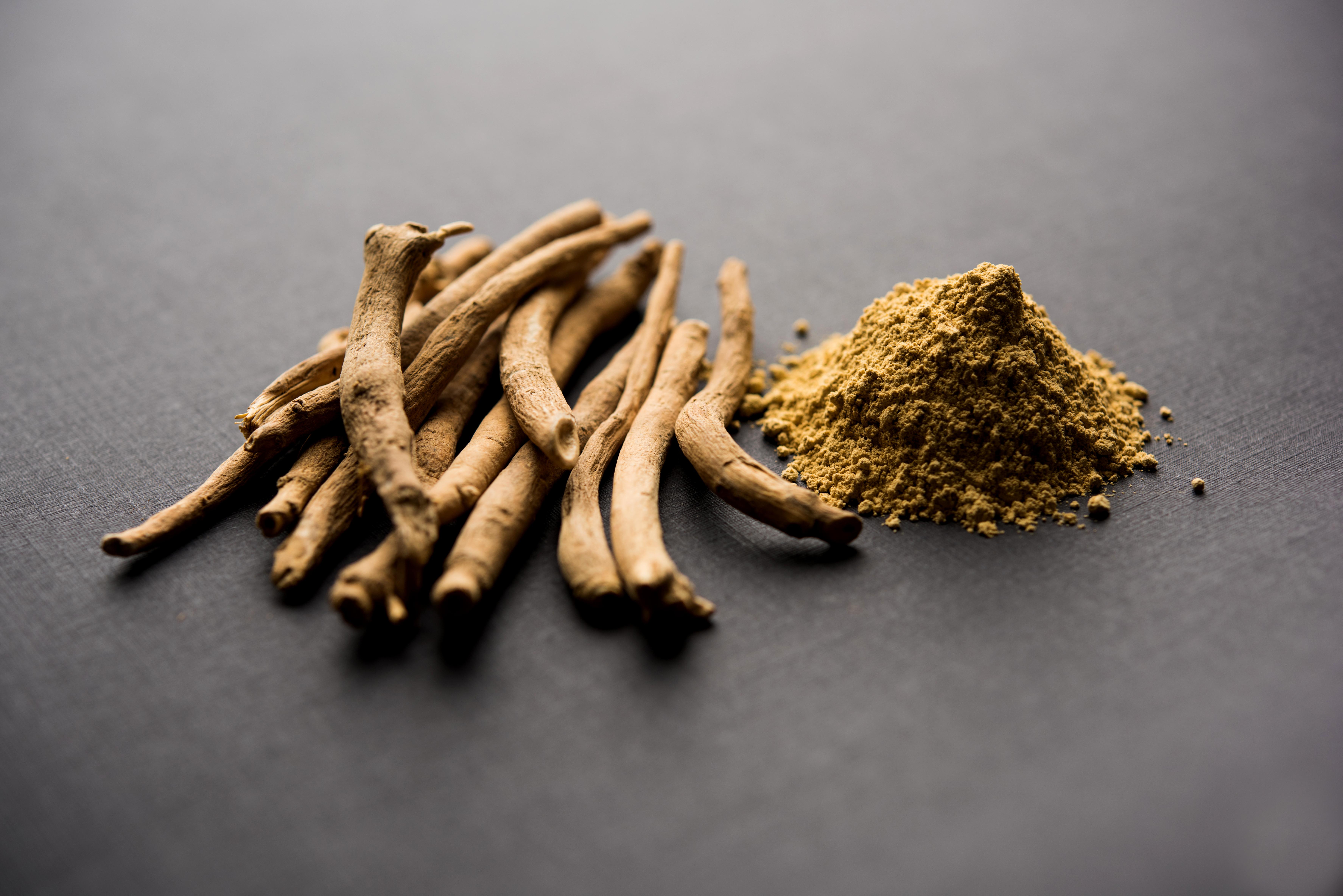
While Holy Basil covers the stress-pain connection, Ashwagandha (Withania somnifera) is a highly respected adaptogen that offers a different mechanism: it helps the body build resilience against chronic stress and may directly reduce pain sensitivity. Its compounds, withanolides, are studied for their ability to lower cortisol and reduce inflammation, offering particular benefit for conditions like chronic stress-related back pain and anxiety-driven headaches. Regular, long-term consumption (often via capsules or powder in milk/smoothies) doesn't just manage stress; it buffers the nervous system, making pain signals less acute and overwhelming.
24. Jamaican Dogwood: The Traditional Sedative for Nerve Pain
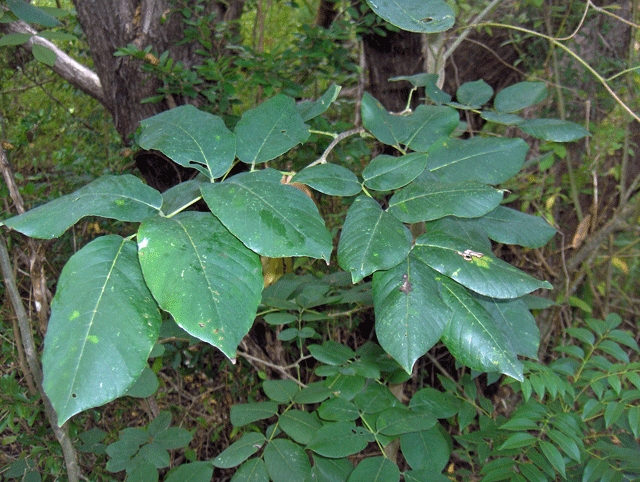
Jamaican Dogwood (Piscidia erythrina) is a powerful, yet lesser-known, traditional remedy for severe nerve and muscle pain. It contains piscidien and jamaicin, compounds with distinct sedative and anti-spasmodic properties. Historically used for neuralgia, migraines, and difficult menstrual cramps, its effectiveness lies in calming overactive nerve signals and relaxing tense muscles that contribute to pain. Due to its potency, it is typically taken as a tincture under professional guidance. This botanical offers a focused, internal approach to pain where neurological over-firing and deep muscular tension are the primary problems.
25. Hops: The Sleep-Synergist for Restorative Pain Relief
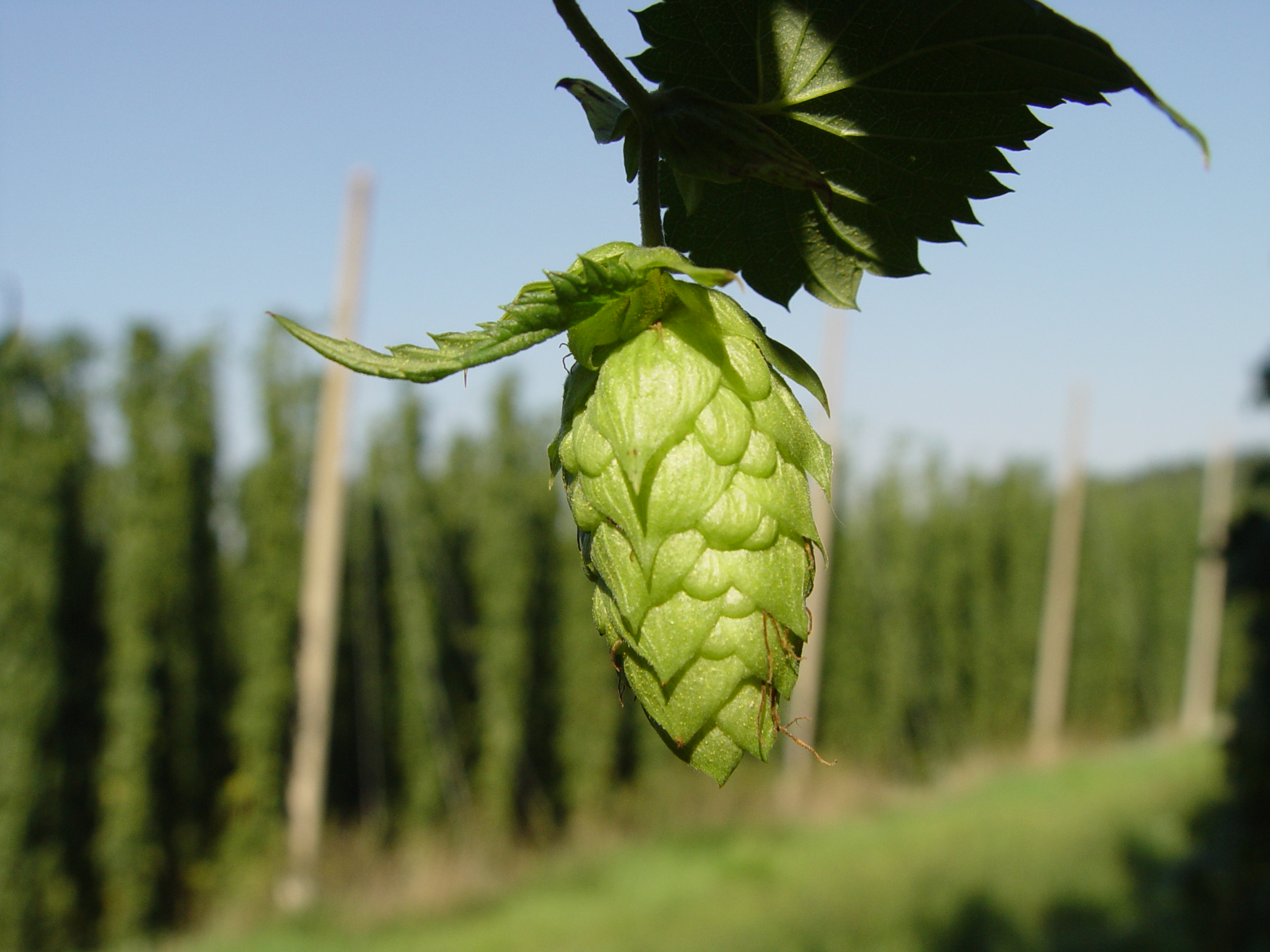
Hops (Humulus lupulus), known best as a beer ingredient, is a potent sedative and nervine that complements pain management by ensuring deep, restorative sleep. It contains methylbutenol and other essential oils that interact with GABA receptors, effectively quieting the nervous system. Since chronic pain is always worsened by poor sleep, using Hops (usually in tea or tincture form) helps break the vicious cycle of pain-insomnia-pain. By promoting the essential nightly rest needed for tissue repair and pain signal recalibration, Hops acts as an indirect, yet vital, analgesic synergist.
26. Celery Seed: The Diuretic for Gout and Joint Fluid
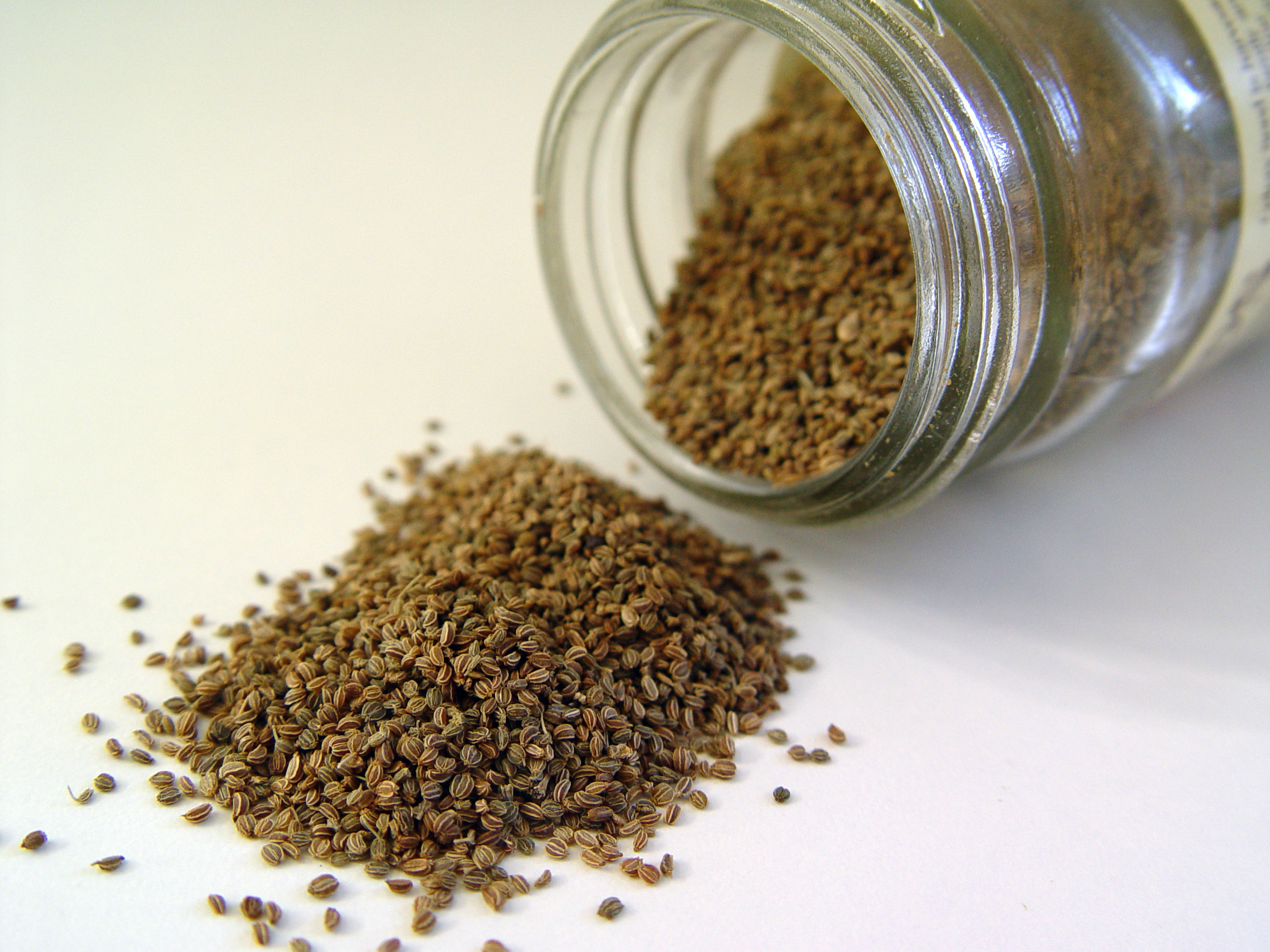
Celery Seed (Apium graveolens) is a unique addition that targets pain through its action as a diuretic and anti-inflammatory. It is rich in compounds that stimulate the kidneys to increase the elimination of uric acid (a key factor in gout and joint irritation) and helps reduce overall fluid retention around the joints. Often consumed as a spice, tea, or extract, Celery Seed is a traditional remedy for gout pain and arthritis. By helping to cleanse the system and manage the metabolic waste products that accumulate in painful joints, it offers a distinct, systemic detoxification approach to pain relief.
27. Devil's Claw: The Targeted Joint Inflammatory Blocker

Devil's Claw (Harpagophytum procumbens) is a South African root highly researched for its targeted effects on joint and back pain. It contains harpagosides, compounds that have been shown to inhibit pro-inflammatory cytokines and enzymes, offering a mechanism similar to NSAIDs but with a better gastrointestinal safety profile. It is particularly effective for improving mobility and reducing the pain associated with osteoarthritis and lower back pain. Consumed in capsule or extract form, Devil's Claw offers a potent, evidence-based route to reducing the structural inflammation that drives chronic joint discomfort.
28. Myrrh Resin: The Aromatic Anti-Microbial Analgesic
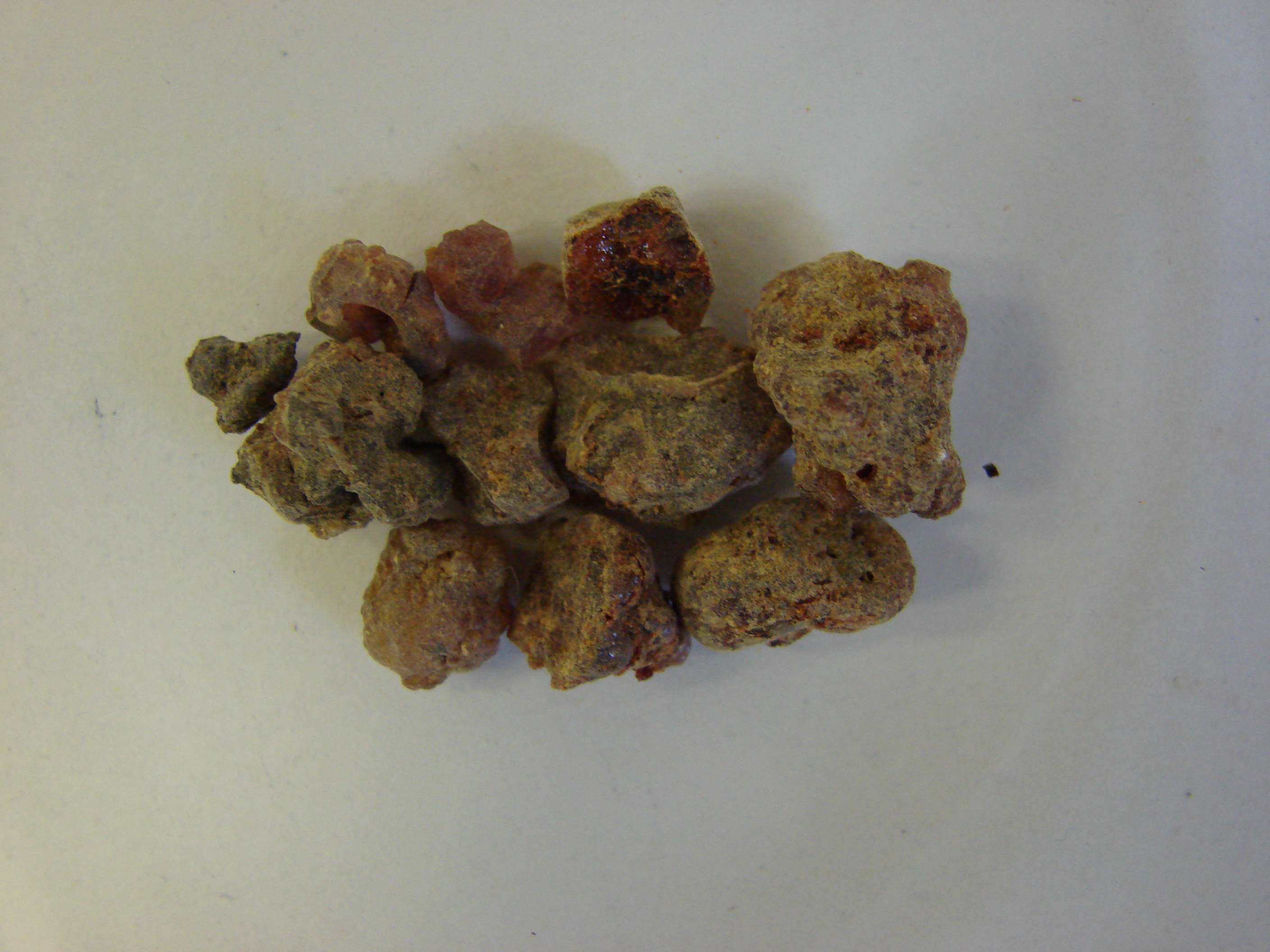
Myrrh (Commiphora myrrha) is an ancient aromatic resin traditionally used both internally and topically. It contains unique compounds that demonstrate both analgesic and anti-microbial properties. For pain, it works by helping to block certain pain receptors in the brain. Its strong antiseptic qualities make it excellent for addressing pain associated with internal inflammation or infections, such as those related to oral health or the digestive tract. Often taken as a tincture or mouthwash, Myrrh offers a unique historical and potent pathway for managing pain linked to microbial or mucosal distress.
29. Kava Kava: The Anxiolytic Muscle Relaxer
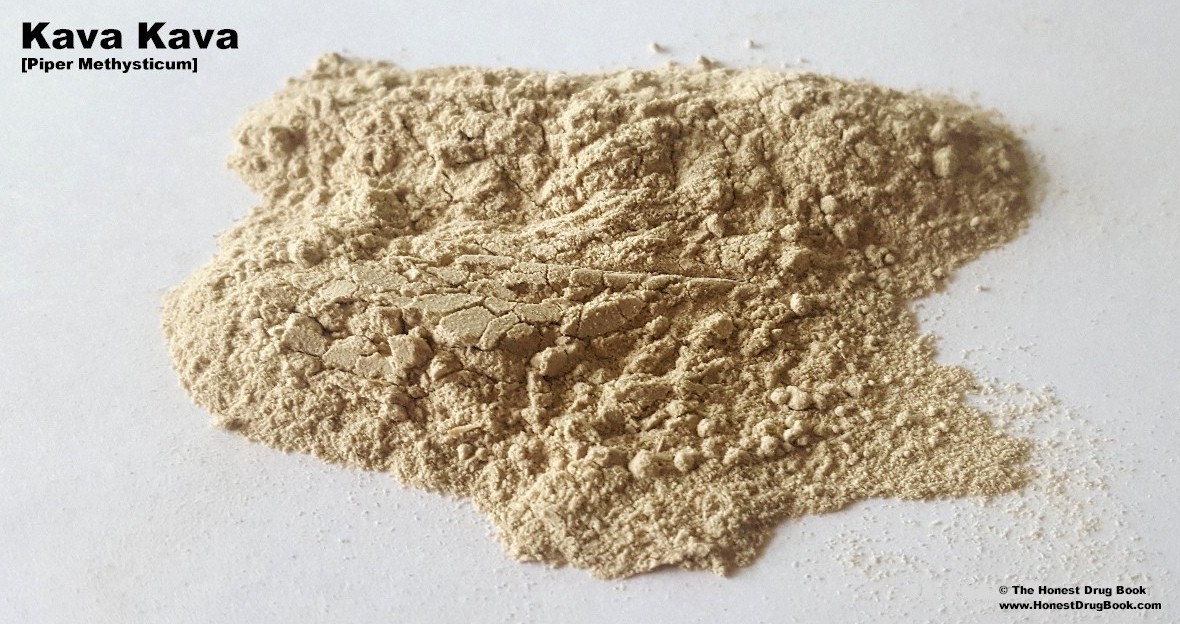
Kava Kava (Piper methysticum) is a South Pacific root traditionally used for its profound anxiolytic (anti-anxiety) and muscle relaxing effects. Its active compounds, kavalactones, modulate neurotransmitters to reduce nervous tension and promote deep relaxation, which can significantly lessen the severity of pain worsened by stress, muscle bracing, or tension headaches. While not a direct anti-inflammatory, its ability to quiet the central nervous system and release chronic muscle tension makes it a powerful, indirect ally in managing the psychological and physical components of chronic discomfort. (Requires cautious use due to liver considerations).
30. Nopal Cactus (Prickly Pear): The Metabolic Inflammation Regulator
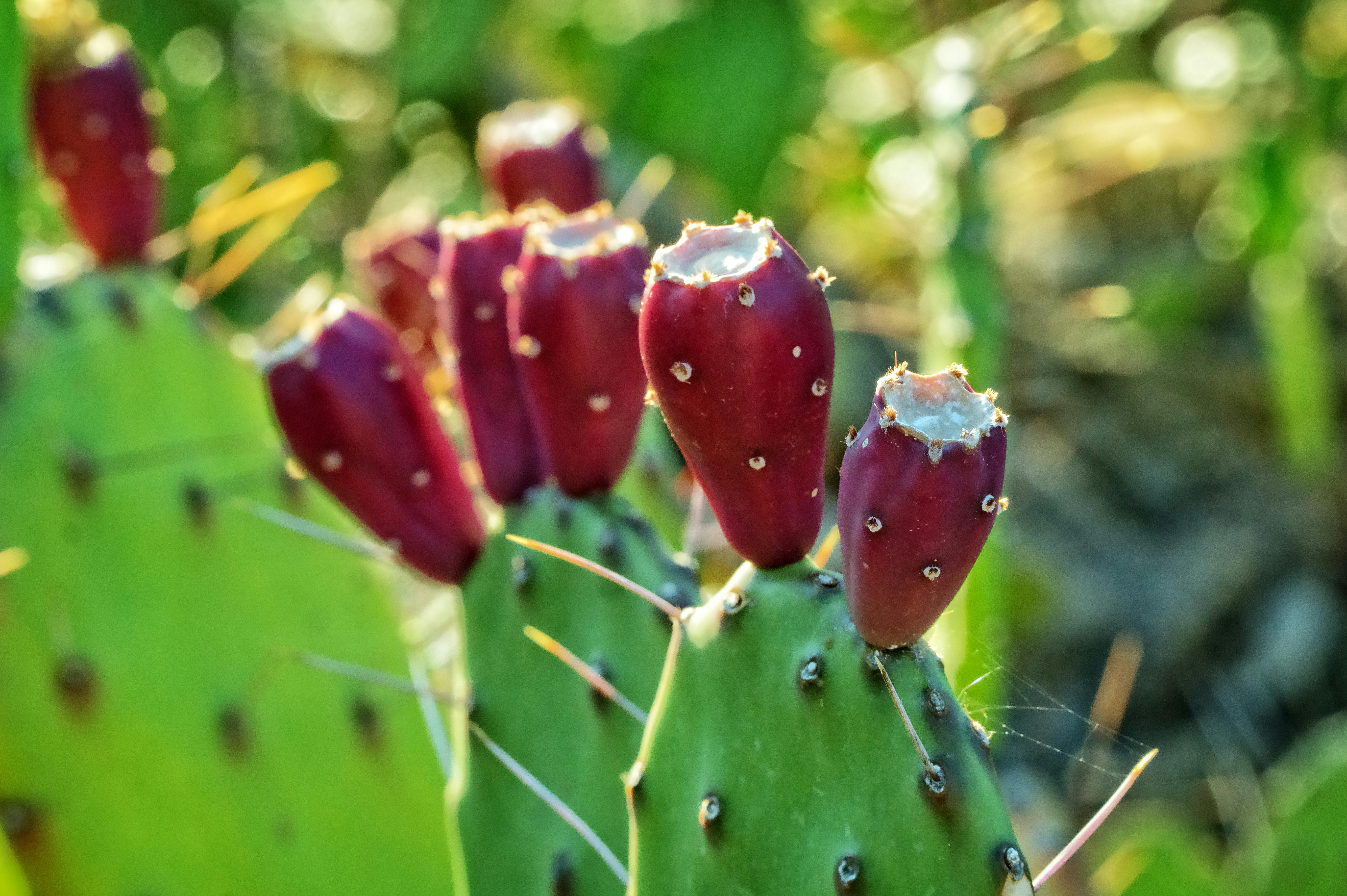
Nopal cactus pads (Opuntia ficus-indica) are a vegetable staple in Mexico, prized for their high fiber and antioxidant profile. Nopal is rich in compounds that support stable blood sugar levels and reduce the inflammatory cascade that follows glucose spikes. This stabilization helps manage the chronic, low-level inflammation often linked to metabolic dysfunction and type 2 diabetes. Additionally, its mucilaginous fiber soothes the digestive tract. Consumed as a cooked vegetable or powdered extract, Nopal offers a powerful, dietary solution for managing pain rooted in systemic metabolic stress.
31. Horehound: The Respiratory and Mucosal Soother

White Horehound (Marrubium vulgare) is a traditional European herb with a bitter taste, renowned for its use as an expectorant and a mucosal anti-inflammatory. While often used for coughs, its ability to soothe inflamed mucous membranes extends to the digestive and respiratory tracts, where chronic inflammation can contribute to systemic pain. It contains marrubiin, which helps calm irritated tissues. Consumed as a tea or lozenge, Horehound offers a unique approach by targeting airway and mucosal irritation—a often-overlooked factor in the body's overall inflammatory and pain burden.
Embracing Nature's Remedies
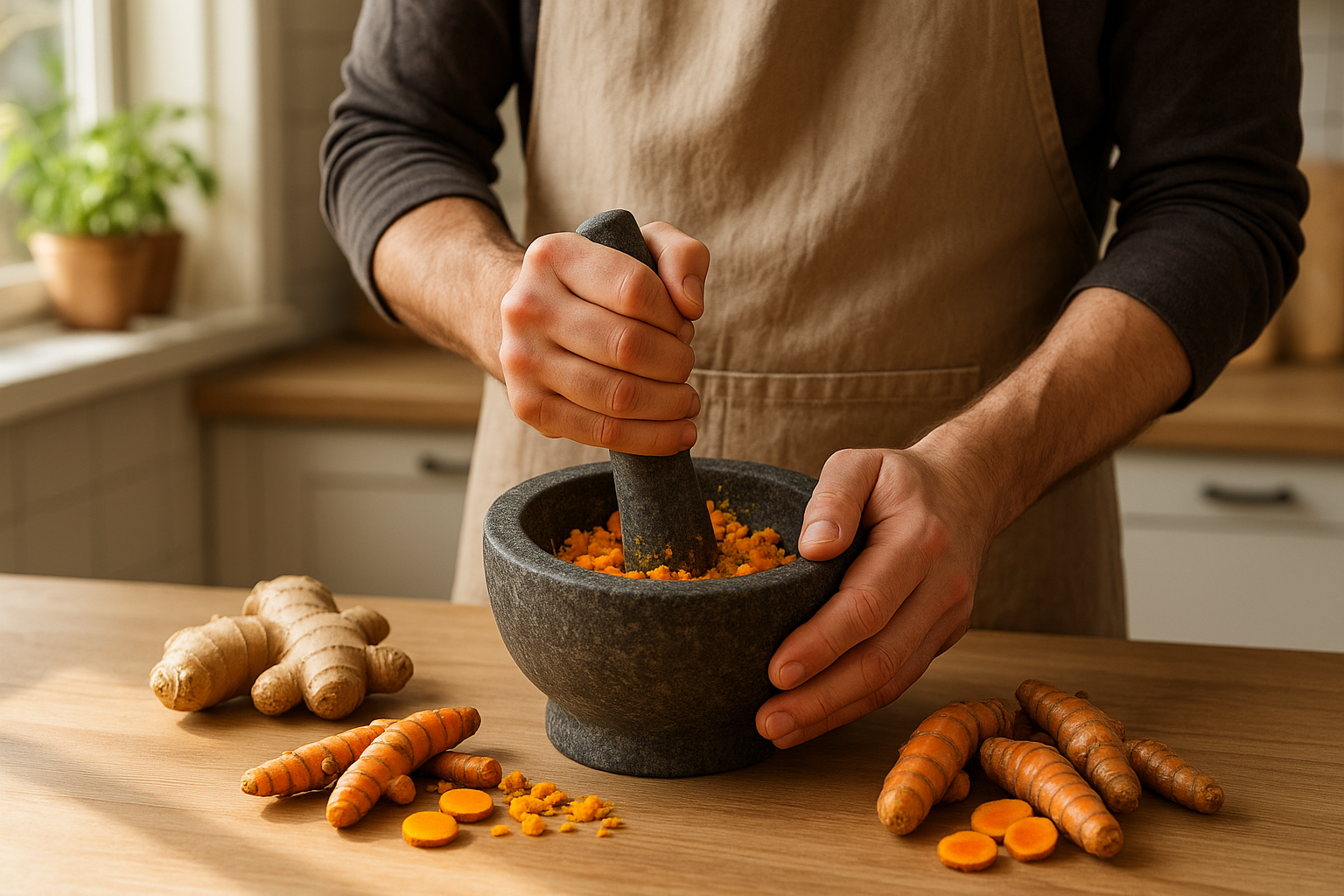
Incorporating these herbs and spices into your daily routine offers a natural, effective approach to managing chronic pain. Unlike synthetic supplements, these natural remedies provide a holistic solution, addressing not only pain but also inflammation and oxidative stress. By embracing the healing power of nature, individuals can find relief from chronic pain while supporting overall health and well-being. As research continues to uncover the benefits of these herbs and spices, their role in pain management will undoubtedly become even more significant. Embrace these natural allies, and experience the profound impact they can have on your journey to wellness.